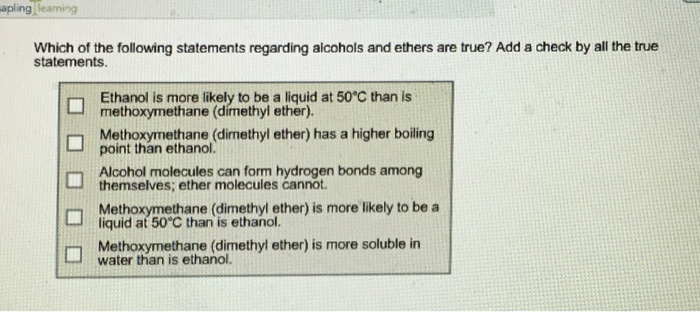Which of the following is true regarding routine requests? This question takes center stage in this discourse, inviting readers into a realm of operational efficiency and customer satisfaction. As we delve into the topic, we will explore the multifaceted nature of routine requests, their impact on daily operations, and strategies for handling them effectively.
Routine requests, often encountered in various organizational settings, encompass a wide range of inquiries and tasks. Understanding their characteristics and developing robust management systems are crucial for optimizing workflow, enhancing customer experiences, and driving organizational success.
1. Routine Requests and Their Impact on Operations

Routine requests are standardized inquiries or tasks that occur frequently within an organization. They typically follow a predictable pattern and require minimal decision-making. Handling routine requests efficiently is crucial for maintaining smooth daily operations and optimizing workflow.
The impact of routine requests on operations is multifaceted. They can consume significant time and resources if not managed effectively. However, they also present opportunities to improve efficiency and customer satisfaction.
Challenges and Opportunities, Which of the following is true regarding routine requests
- Time consumption and resource allocation
- Potential for errors due to repetitive tasks
- Opportunity for automation and streamlining
- Enhanced customer experience through prompt and efficient resolution
2. Categorization and Management of Routine Requests

Categorizing routine requests helps in prioritizing and streamlining their handling. Common methods include:
- Type of request (e.g., information, support, service)
- Department or function responsible
- Urgency or priority level
Effective request management systems are essential for efficient handling. These systems provide a central platform for receiving, tracking, and resolving requests. They automate workflows, assign tasks, and provide visibility into the request status.
Best Practices
- Establish clear categorization and prioritization criteria
- Utilize request management software or tools
- Monitor and analyze request patterns to identify areas for improvement
- Provide training and support to staff handling requests
3. Automation and Streamlining of Routine Requests

Automation of routine requests can significantly reduce manual effort and improve efficiency. Various tools and technologies are available for this purpose, such as:
- Workflow automation software
- Chatbots and virtual assistants
- Self-service portals
Automation offers several advantages, including:
- Reduced processing time and costs
- Improved accuracy and consistency
- Increased staff productivity
- Enhanced customer experience
However, it is important to consider the potential drawbacks of automation, such as:
- Initial investment and implementation costs
- Need for ongoing maintenance and updates
- Potential for errors or bias in automated decision-making
4. Impact on Customer Satisfaction and Experience

Handling routine requests effectively has a direct impact on customer satisfaction. Prompt and efficient resolution of requests enhances customer experience and builds loyalty. Organizations can improve customer experience by:
- Providing multiple channels for submitting requests (e.g., phone, email, chat)
- Setting clear expectations for response and resolution times
- Empowering staff with the authority to resolve requests
- Tracking and monitoring customer feedback
Examples of organizations that have successfully leveraged routine requests to enhance customer interactions include:
- Amazon’s self-service portal for order tracking and returns
- Walmart’s virtual assistant for product inquiries and store locator
- Starbucks’ mobile app for order placement and rewards tracking
Popular Questions: Which Of The Following Is True Regarding Routine Requests
What are the key characteristics of routine requests?
Routine requests are typically standardized, repetitive tasks that follow a predefined process. They often involve gathering information, processing data, or providing support.
How do routine requests impact daily operations?
Routine requests can consume a significant amount of time and resources, potentially leading to bottlenecks and delays in other areas of operation. However, they also provide opportunities for automation and process improvement.
What are the benefits of automating routine requests?
Automating routine requests can free up staff for more complex tasks, reduce errors, and improve overall efficiency. It can also enhance customer satisfaction by providing faster and more consistent responses.